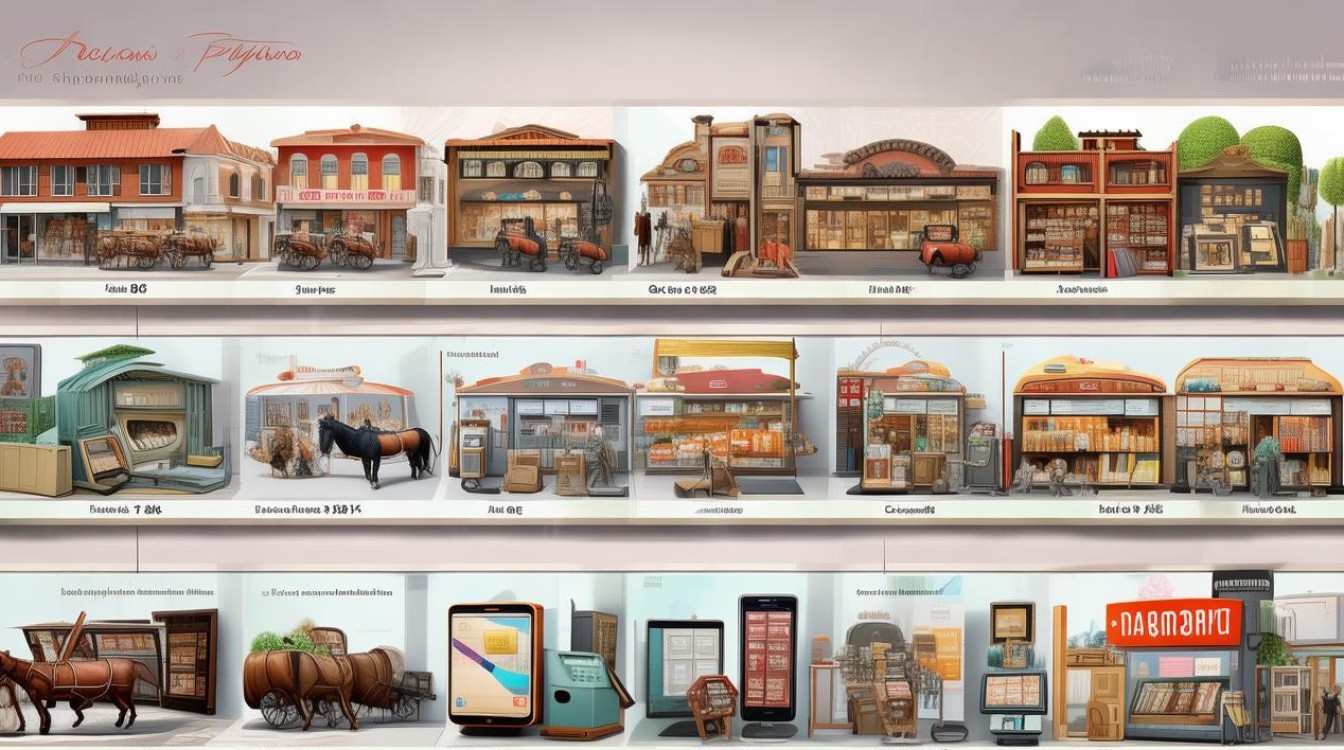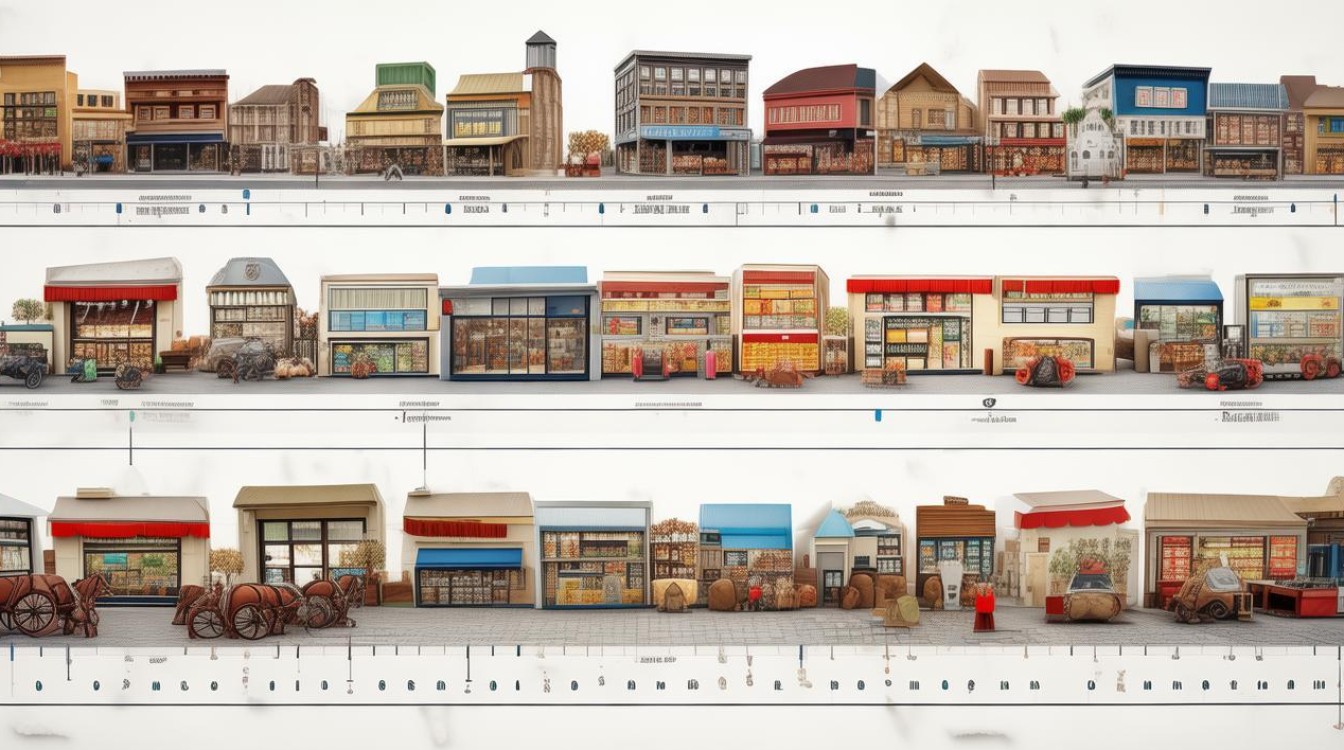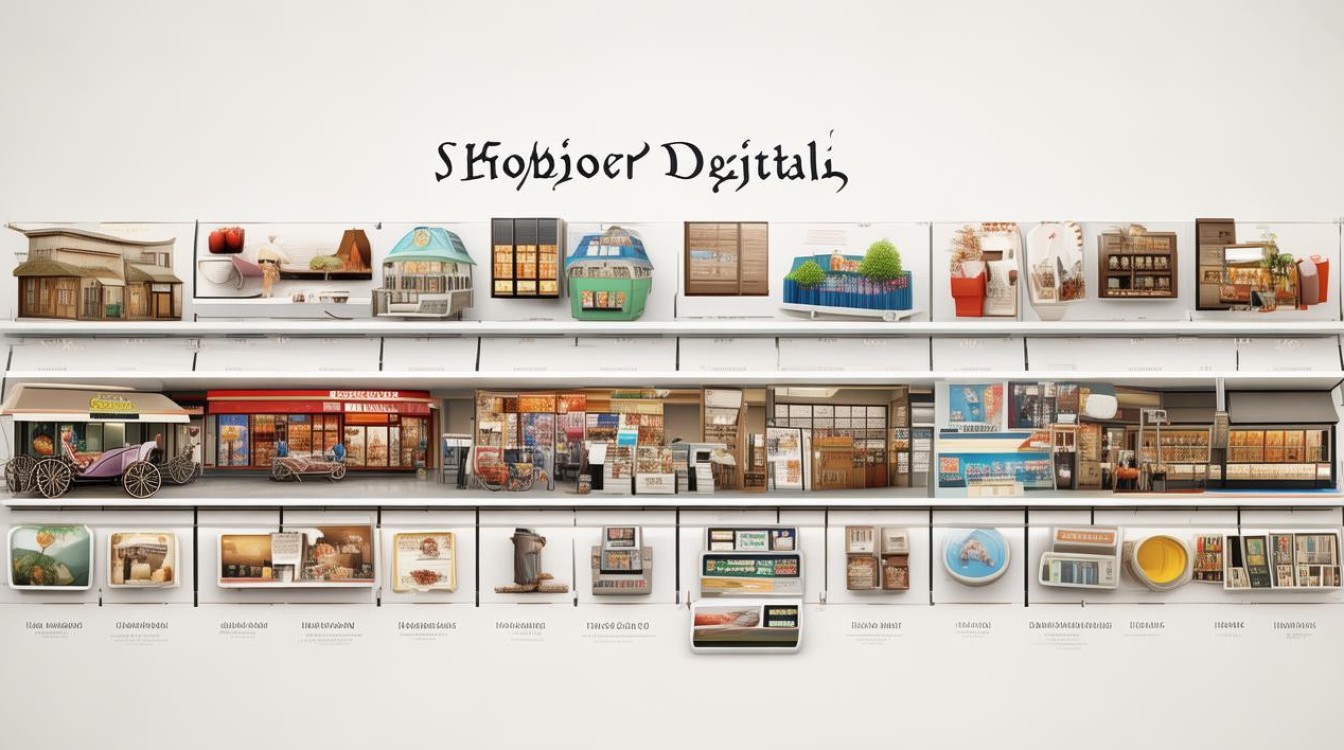Shopping has transformed dramatically over the past few decades, shifting from traditional in-store purchases to a diverse range of digital and hybrid options. The way people buy goods and services reflects broader societal changes, including technological advancements, shifting consumer preferences, and economic factors. Understanding these shopping methods not only helps consumers make informed choices but also provides valuable insights for businesses adapting to modern retail trends.

Traditional Shopping: The Foundation of Retail
For centuries, physical stores dominated the shopping experience. Customers visited markets, boutiques, and department stores to examine products firsthand before purchasing. This method offered immediate gratification—buyers could touch fabrics, test electronics, and try on clothing. Additionally, face-to-face interactions with sales staff provided personalized recommendations and instant answers to questions.
Despite the rise of digital alternatives, traditional shopping remains relevant. Many consumers still prefer the tactile experience, especially for items like furniture, fresh groceries, and luxury goods. Local businesses also thrive on in-person interactions, fostering community connections that online retailers struggle to replicate.
The Rise of E-Commerce: Convenience at Your Fingertips
The internet revolutionized shopping by introducing e-commerce. Online stores allow consumers to browse millions of products from home, compare prices effortlessly, and read reviews before making decisions. Major platforms like Amazon, eBay, and Alibaba have become household names, offering everything from books to electronics to groceries with just a few clicks.
Key advantages of online shopping include:
- 24/7 Accessibility – No need to wait for store hours.
- Wider Selection – Access to global brands and niche products.
- Price Comparisons – Tools like browser extensions help find the best deals.
- Home Delivery – Eliminates the need to carry heavy items.
However, challenges such as delayed shipping, return complexities, and the inability to inspect products beforehand can deter some shoppers.
Mobile Shopping: Retail in Your Pocket
Smartphones have further accelerated the shift toward digital commerce. Mobile shopping apps provide seamless experiences with features like one-click payments, personalized recommendations, and exclusive app-only discounts. Social media platforms like Instagram and TikTok now integrate shopping functionalities, allowing users to purchase items directly from posts.

Mobile commerce thrives on speed and convenience. Features like digital wallets (Apple Pay, Google Pay) and buy-now-pay-later services (Klarna, Afterpay) streamline transactions, making impulse purchases easier than ever. Retailers investing in mobile-optimized websites and apps gain a competitive edge, as consumers increasingly favor shopping on-the-go.
Subscription Services: The Future of Recurring Purchases
Subscription-based shopping has gained popularity for essential and lifestyle products. Services like Dollar Shave Club, Blue Apron, and Stitch Fix deliver curated items regularly, reducing the need for repeated decision-making. This model benefits both consumers and businesses—customers enjoy convenience, while companies secure predictable revenue streams.
Subscription shopping works well for:
- Everyday Essentials – Toiletries, pet food, vitamins.
- Personalized Fashion – Outfits selected by stylists.
- Entertainment & Media – Streaming platforms, book clubs.
The downside? Over-subscription can lead to unnecessary expenses if users forget to cancel unused services.
Social Commerce: Shopping Through Community Influence
Social media has blurred the lines between entertainment and retail. Influencers and brands leverage platforms like Instagram, Facebook, and Pinterest to showcase products in real-life settings. Live shopping events, where hosts demonstrate items and answer questions in real-time, create urgency and engagement.
This method capitalizes on trust and relatability. Followers often purchase products endorsed by influencers they admire, believing in their authenticity. However, the lack of regulation in influencer marketing sometimes leads to misleading promotions, making it crucial for consumers to research before buying.

Hybrid Shopping: Merging Online and Offline Experiences
Many retailers now adopt an omnichannel approach, integrating physical and digital shopping. Examples include:
- Click-and-Collect – Order online, pick up in-store.
- Virtual Try-Ons – Augmented reality (AR) for testing makeup or glasses.
- In-Store Digital Kiosks – Browse extended inventories while shopping.
This model caters to consumers who want the best of both worlds—online convenience with offline reassurance.
Sustainable Shopping: Ethical and Eco-Friendly Choices
Environmental awareness has influenced shopping habits. More consumers seek brands that prioritize sustainability, whether through eco-friendly packaging, fair-trade practices, or carbon-neutral shipping. Thrift shopping, upcycling, and rental fashion services (Rent the Runway) also gain traction as alternatives to fast fashion.
Supporting ethical brands often comes at a higher cost, but many shoppers willingly pay premiums to align purchases with their values.
The Role of AI and Personalization
Artificial intelligence enhances shopping experiences by analyzing behavior to suggest relevant products. Chatbots assist with customer service, while AI-driven sizing tools reduce return rates for online apparel purchases. As technology evolves, hyper-personalized shopping—where algorithms predict needs before consumers do—will become standard.
Security Concerns in Digital Shopping
With convenience comes risk. Cyber threats like phishing scams, data breaches, and fraudulent websites pose challenges. Shoppers must verify site security (look for HTTPS and padlock icons), use strong passwords, and monitor transactions for unauthorized activity. Retailers, in turn, invest in encryption and fraud detection to protect customer data.

The Psychological Aspect of Shopping
Shopping isn’t just transactional—it’s emotional. Retail therapy, impulse buys, and the thrill of discounts play significant roles in consumer behavior. Businesses use strategies like limited-time offers and loyalty programs to tap into these psychological triggers, encouraging repeat purchases.
The Future of Shopping
Emerging technologies like virtual reality (VR) stores, voice-activated shopping (via Alexa or Google Assistant), and drone deliveries hint at a future where convenience reaches unprecedented levels. Yet, the human element—trust, customer service, and tactile experiences—will always hold value.
The best shopping method depends on individual needs. Some prioritize speed, others sustainability, and many seek a balance between digital efficiency and physical interaction. Retailers who adapt to these diverse preferences will thrive, while consumers benefit from more choices than ever before.
Shopping is no longer just about acquiring goods—it’s an evolving experience shaped by innovation, culture, and personal values. Whether clicking "buy now" online or strolling through a local market, the way we shop continues to redefine modern life.

